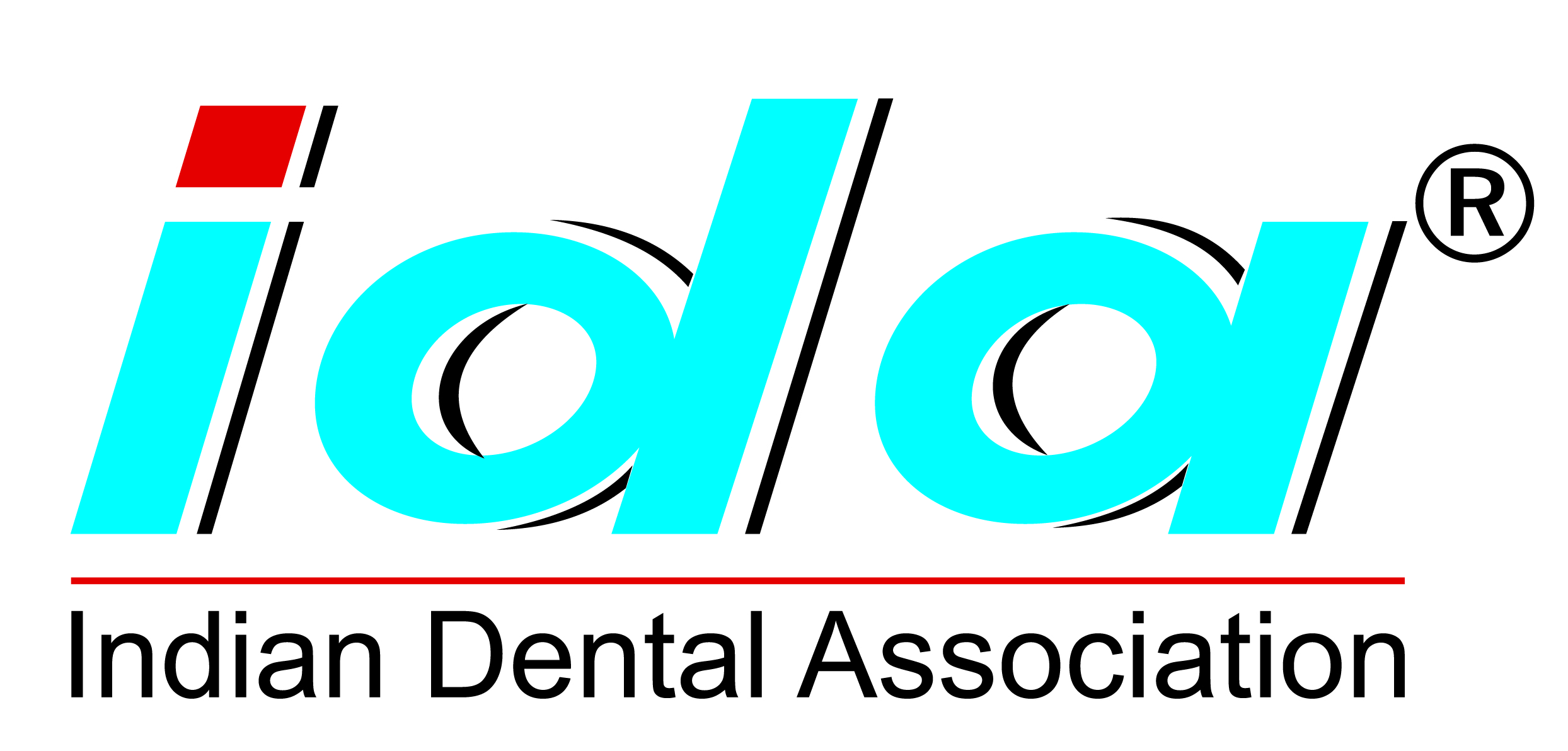Most infectious diseases can be transmitted by needlestick injury but the main concerns
are Hepatitis B, Hepatitis C and HIV infection. Encourage bleeding at the injury
site and wash it-with either 70% alcohol, antiseptic handwash or soap and water.
Do not scrub the injury.
Send the nurse or receptionist to ask the patient to return to the surgery as a
matter of urgency. The patient should be informed of the occurrence and consent
for blood test must be taken.It is important to treat the situation with confidentiality
and discretion.Most patients are happy to cooperate.
The most urgent priority is to assess whether there is a significant risk of transmission
of HIV infection. Post exposure Prophylaxis with Antiretroviral drugs can significantly
reduce the chance of transmission of HIV, but for maximum effectiveness it is recommended
that it is administered within 1 hour. The incident should also be recorded and
reported to the concerned authorities.
Needlestick-type injuries do not always result from needles. Burs, broken plastic
and hand instruments and other contaminated sharps all constitute a risk. You should:-
- Ensure that all the dental team are trained in the disposal of sharps.
- Identify and dispose of needles and other sharps immediately after use,
- Always pass instruments with the sharp end pointing away form any person.
- Remove burs and ultrasonic tips from hand pieces immediately after use.
- Pick up instruments individually.
-
Never resheath a needle holding the sheath in a hand: use a one- handed technique
or dispose of the needle immediately,
- Dispose of sharps into a solid container
-
Ensure that sharps are disposed off by incineration and by an authorized person
registered to collect such waste.
- Use heavy-duty gloves when cleaning instruments prior to autoclaving.
-
Keep your working area well organized and uncluttered, with sharps in a separate
area,
- Do not place waste material such as swabs or tissues over instruments.





